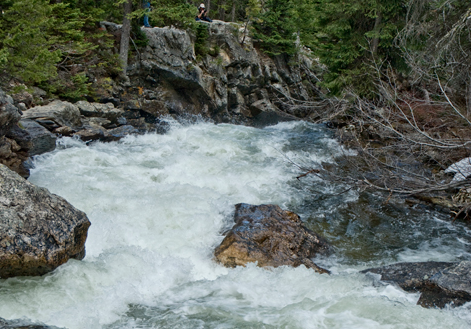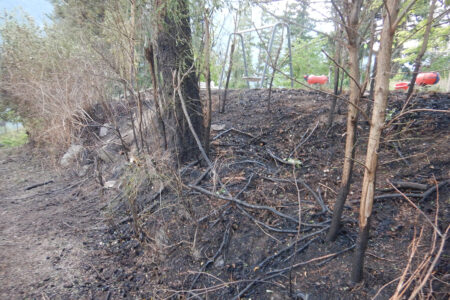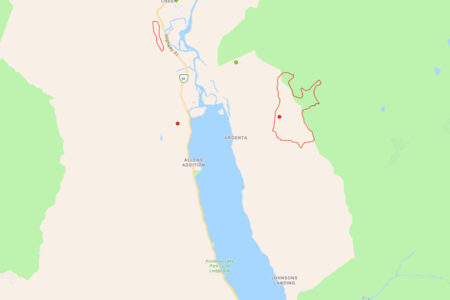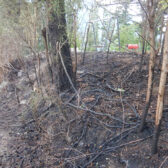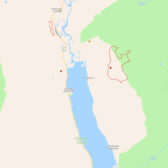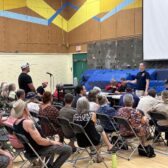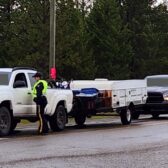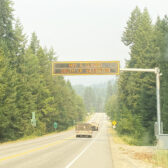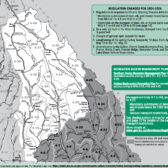New centralized water treatment centre sought for city’s supplementary sources
A project to construct physical links for centralized treatment of all city supplementary water sources is on the table and now awaits approval from upper levels of government.
The Water Master Plan Supplementary Water Sources project intends to centralize the treatment of all water sources in Nelson by connecting Anderson Creek, Fell Creek and Selous Creek to the Mountain Station treatment facility.
The project also would include treatment of future additions of new supplementary sources that are currently being reviewed and evaluated as part of the ongoing Water Master Plan Update.
The primary objective of the $6.4-million project would see the construction of physical links connecting available supplementary sources — Anderson, Fell and Selous — to the existing central treatment facilities at Mountain Station.
If the project were to take place, all supplementary sources of water for Nelson would undergo the same level of treatment regime as the primary Five Mile Creek source, said city director of Public Works, Colin Innes, in his report to city council.
“Currently there is insufficient space at either the Selous or Anderson intake locations to allow for the addition of a sedimentary basin and to achieve UV disinfection,” he said. “Two additional UV facilities would need to be constructed.”
The infrastructure needed for the project would be centralized water treatment piping connecting Anderson Creek and Fell Creek to Mountain Station by means of a high lift force main, and connecting Selous Creek to Mountain Station through a gravity fed pipeline.
Centralized treatment would be necessary to keep costs down for the city, as well as ensuring the city has a safe and stable supply of water, said Innes. As an alternative, the operation and maintenance of separate treatment facilities for each supplementary source of water would create high costs for operation and would “represent infrastructure that would be more difficult to operate,” he added.
“In addition, since treatment facilities require start-up and shutdown time, the reaction time required for multiple treatment locations to be properly adjusted in response to a significant water quality event would be delayed,” Innes said.
The class C cost estimate provided for the project is as follows:
- Anderson/Fell Creek high lift, $1,625,000;
- Anderson/Fell transmission main, $1,371,280;
- Selous Creek transmission main, $2,007,640;
- Selous Creek generation facility, $546,000; and
- design and construction services, $832,500.
The class C cost estimate was rounded to: $6.4 million.
City council supported the application to the Federal Gas Tax Fund — Strategic
Priorities Fund (SPF) — Capital Infrastructure Projects Stream and Capacity Building Stream for the Water Master Plan Supplementary Water Sources project and now will await to hear if it is successful in its bid.
However, since SPF funding is limited to a maximum contribution of $6 million, in the application for funding the city will either opt to contribute $400,000 from its “pipeline replacement” item in the 2018 water utility capital budget (which would be funded from the reserve) or the project scope could be amended to delete the “Selous Creek generation facility” scope of work to keep the project under the funding cap.
In March of 2017 the Union of B.C. Municipalities issued a call for submissions for the Federal Gas Tax Fund — Strategic Priorities Fund — Capital Infrastructure Projects Stream and Capacity Building Stream, with the intention to “provide funding for strategic investments that are large in scale, regional in impact or innovative.”
The SPF provides up to 100 per cent of funding for approved projects up to the maximum federal gas tax fund contribution of $6 million.



